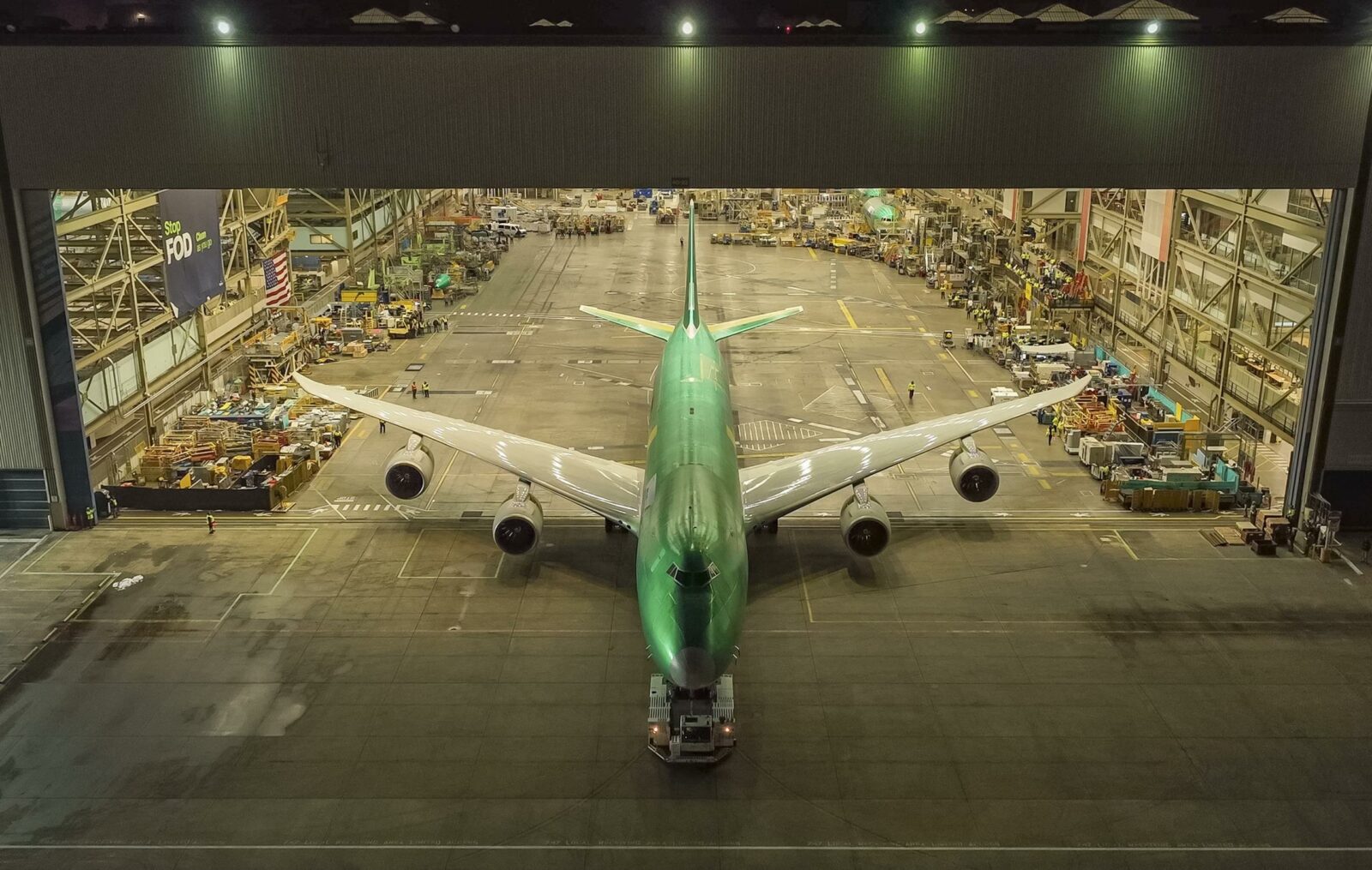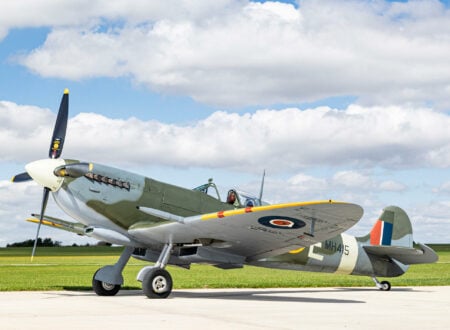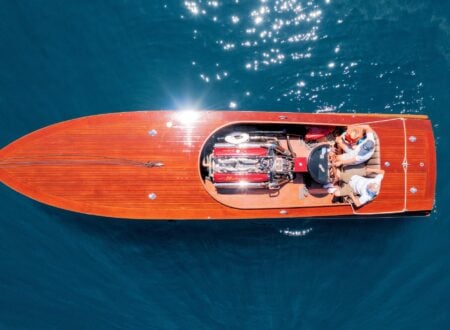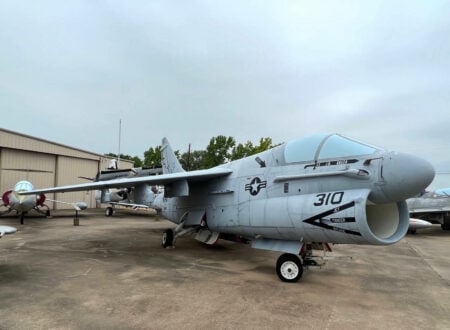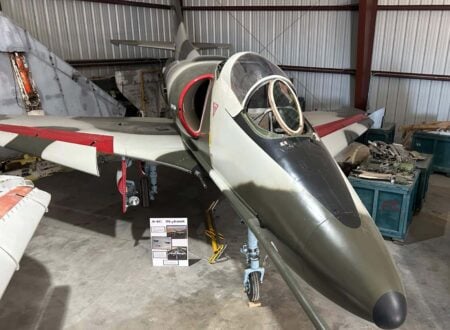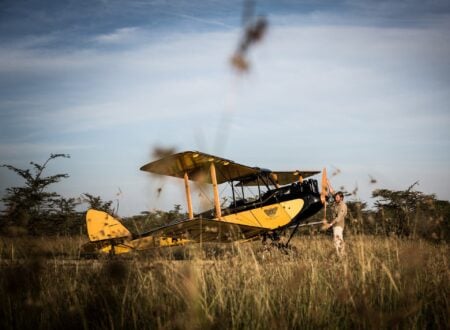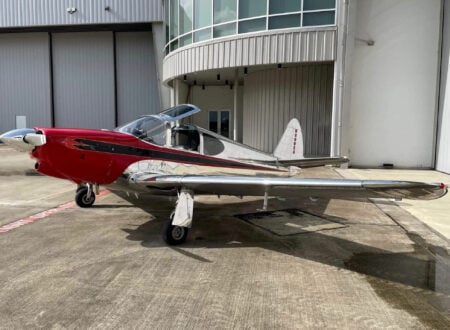This article was written by Silodrome contributor Harry Fisher.
The 747 is an aircraft so famous that its nickname has entered the lexicon, like Hoover or Fiberglass or Frisbee and, as of December 2022, the mighty Boeing 747 Jumbo Jet has passed into history when the last one rolled off the production line after 54 years.
Of course, they will still see service for many years to come and around 450 are currently in active service, but with no new Jumbos being built, the day will arrive when its unmistakeable shape will only be seen in a museum.
Fast Facts – The Boeing 747
- The original 747 had a range of 4,620 nautical miles and could carry a maximum of 400 passengers. The latest – and last – variant, the 747-8, has a range of 8,000 nautical miles and can carry 467 passengers.
- Cockpit complication: the first 747s had cockpits that could accommodate three crew. Between them they had 971 dials, gauges and knobs to monitor and operate. Later, the 747-400 reduced this number to 365, through the use of ever more sophisticated electronics.
- The 747 has also been used by the military for cargo transport, including two that do duty as Air Force One, the presidential aeroplane. The president will continue to fly in Boeing 747s for the foreseeable future as two brand new 747-8 variants were ordered in 2018 by the White House, at a cost of $3.9 billion. Two 747-100s were adapted to carry NASA’s Space Shuttle.
- One design study, called the 747 AAC, was for an airborne aircraft carrier, intended to carry 10 Boeing 985-121 ‘microfighters’, with the ability to launch, retrieve, re-arm and refuel the fighters. The intention was for a long-distance and fast platform especially useful when there were no nearby bases to operate out of. Far from being far-fetched, the concept was deemed technically feasible as early as 1973 although there is no evidence to suggest the concept was ever followed through.
- The Boeing 747 has appeared in over 300 film productions, making it the most widely depicted civilian aircraft. From Airport 1975 to Die Hard 2 and Austin Powers: International Man of Mystery, it is the go-to aeroplane and static museum pieces have also been used for many films, including Casino Royale, the 2006 James Bond film.
The Making Of A Legend
Who could have foreseen back in 1968 how much of a cultural icon the Boeing 747 would become? The 747 has been used on practically every major long haul route around the world and, as a cargo carrier, has carried every conceivable product. It is the archetypal large jet airplane, as recognizable as the Volkswagen Beetle or the Supermarine Spitfire.
Above Video: This hour long documentary shows the full history of the Boeing 747, including interviews with many major players in the industry.
The story of the Boeing 747 began in the 1960s, as commercial jet air travel was becoming increasingly popular, especially on the long haul routes. Boeing’s 707 and the Douglas DC-8 were largely responsible for this boom and Juan Trippe, president of Pan Am, one of Boeing’s most important customers, asked for a new jet airliner 2.5 times larger than the 707, which would reduce the cost-per-unit of passenger distance by 30% and make international travel more accessible to more people.
Pan Am ordered 25 747s, at a cost of $525 million. As launch customer, and because of its early involvement, Pan Am was able to influence the design and development of the 747 to an enormous extent, the last time a single airline would have such influence over the design of a new aircraft.
From the outset, Boeing designed the 747 to be capable of being adapted to carry freight as it was thought that long-range subsonic airliners would be replaced by supersonic aircraft and Boeing needed to ensure the 747 would continue to be used for cargo transport after the anticipated decline in passenger use.
The Military 747s
The 747 was actually born out of the military’s need for large strategic transport aircraft. Boeing, along with Douglas, General Dynamics, Lockheed and Martin Marietta submitted a proposal. Some elements of the Boeing design would later be seen on the 747, such as the raised cockpit and large, swing-up nose door, that latter naturally not seen on the passenger versions.
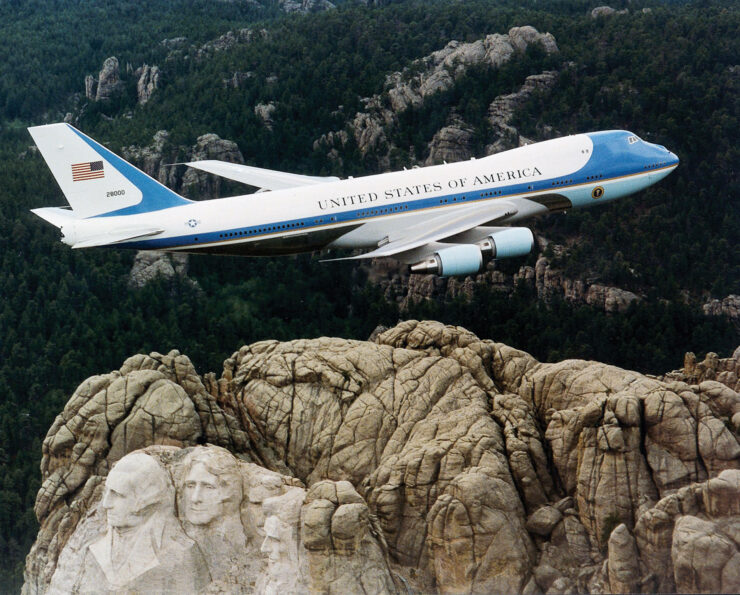

Another consequence of the military requirements was the development of high-bypass turbofan jet engines, which were thought to be capable of delivering double the thrust of a turbojet while using a third of the fuel, and this meant that only four engines would be needed, despite the intended size of the aircraft.
To build the 747, Boeing constructed the largest building by volume ever built, which became even larger as extensions were added as production ramped up over the years.
The Billion Dollar Boeing
By 1968, $1 billion dollars had been invested and Boeing was in debt to the tune of $2 billion but despite it being a huge gamble, it is likely that that was the best money any aircraft manufacturer ever spent on a single design.
Attending the press launch were representatives of the 26 airlines that had placed orders and, over the next 54 years, 1,574 747s of all configurations and variants would be built, with Boeing also carrying out conversions of older models as they were redeployed around the world, either updating them to later specification or configuring them for different duties.
The 747 was so important and such a status symbol for airlines that many operated them even though it made no sense economically. A 747 could only achieve the lowest cost-per-seat when it was fully loaded: with only 70% of the seats occupied, the 747 still used at least 95% of the fuel used by a fully loaded 747.
Above Video: This short film shows the takeoff of a Boeing 747 from New York’s JFK airport.
But the prestige outweighed the practicalities and airlines reported customers requesting information on which routes were being served by the Jumbo, just so they could fly on one, even if the destination wasn’t where they wanted to end up!
In all, there have been 21 747 Jumbo Jet variants introduced by Boeing, mainly centering around passenger and load capacity, range expectation and even life expectancy. The original 747 had a life expectancy of 24,600 flights over a 20 year period, while later variants, designed for shorter-distance flights, raised that to 52,000 flights, which also necessitated strengthening the body to allow for the added stress of more take-offs and landings.
The End Of The Line
Even competition from the likes of Airbus with its much more modern and gargantuan A380 has failed to dim the reputation of the 747, the world’s first wide-body airliner. Even though the likes of British Airways has retired its fleet of thirty-three 747s in favor of smaller and more fuel efficient airliners, the 747 Jumbo Jet is still hugely popular with airlines.
The last one may have rolled off the production line, but the legacy will live on for a very long time to come.
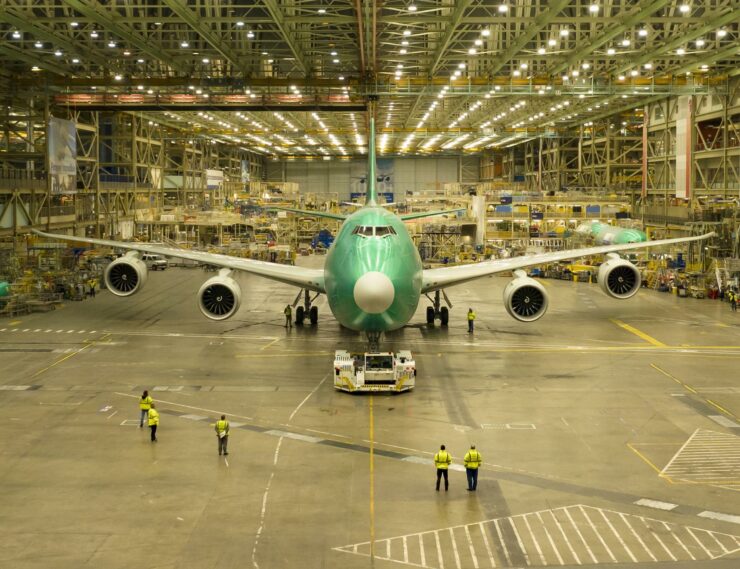

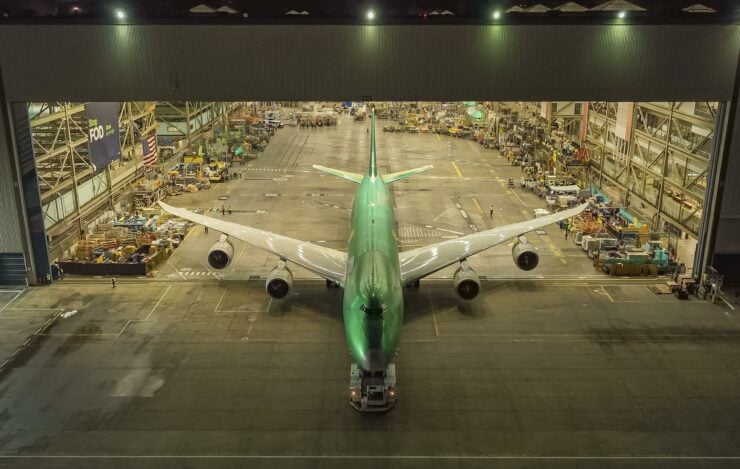

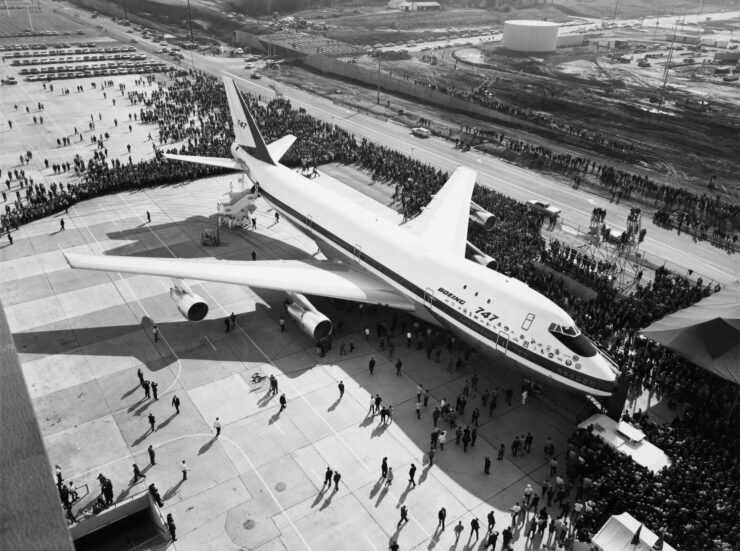

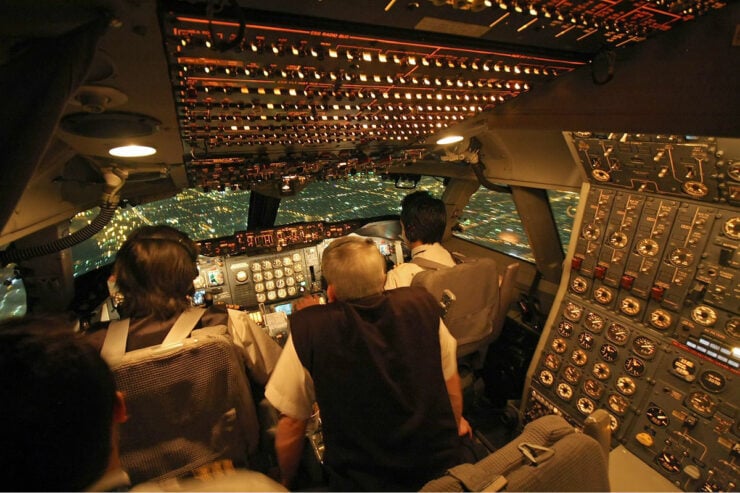

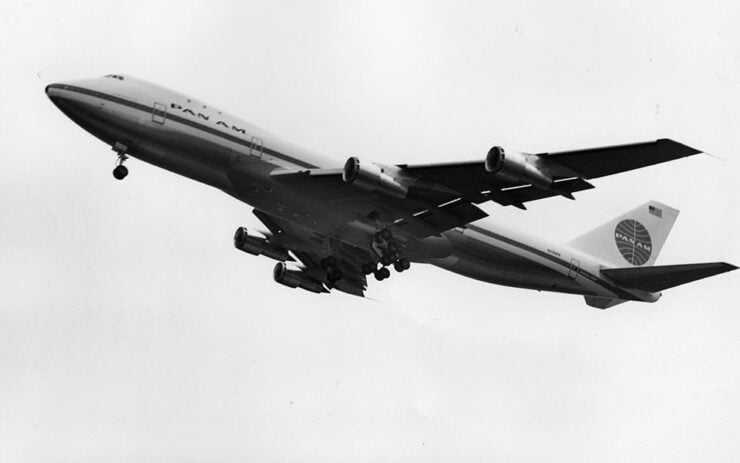

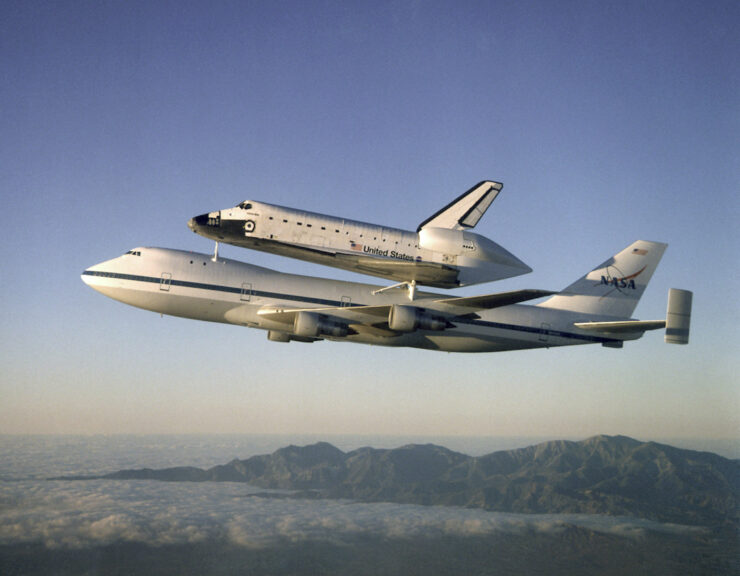


Harry has been obsessing about cars and motorbikes for over 45 years, driving and riding them for 38 years and writing and talking about them for 15 years. In that time, he has ridden everything from an Aprilia to a Zundapp, from an Abarth to a Zagato from the 1920s to the 2020s.
His favorites are the ones that didn’t break down and leave him stranded. While he loves the convenience of modern cars and bikes, he likes nothing better than getting his hands dirty keeping old crocks running, just as long as it’s not by the roadside, although that has happened many times!
His passion for anything that moves under its own steam remains undimmed, even if sometimes it is detrimental to his sanity and his wallet.

